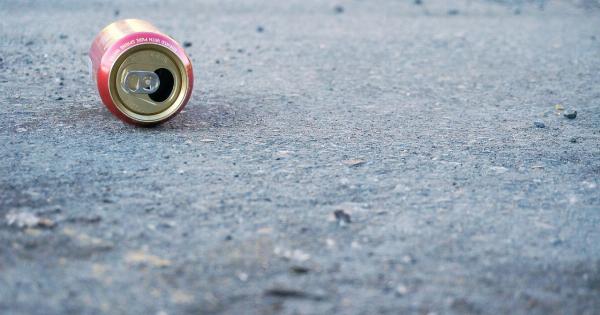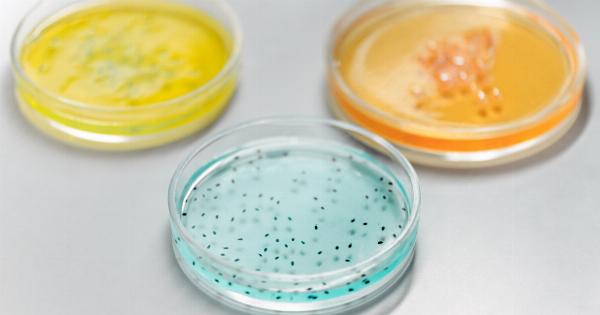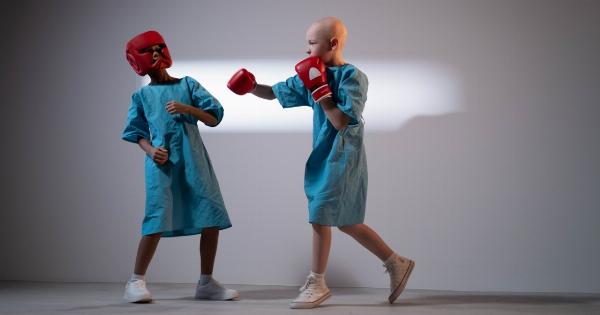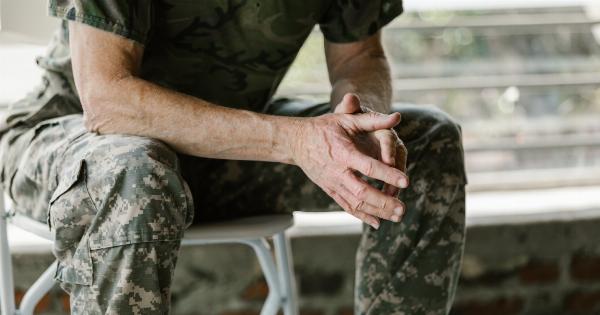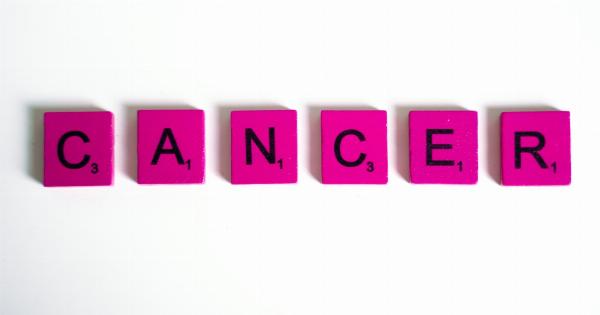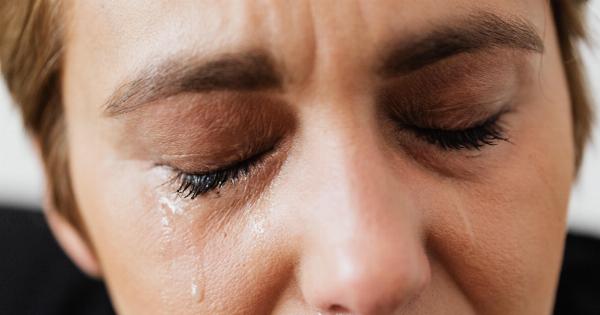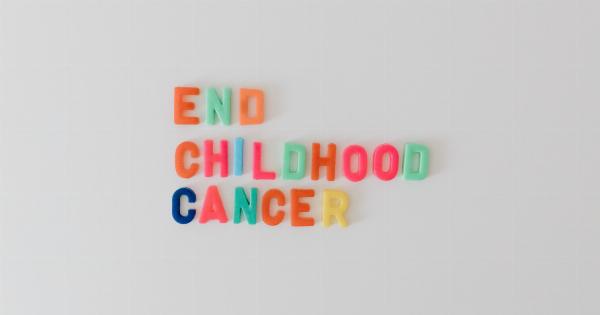The notion that women live longer without having children is a popular but controversial one.
Many people believe that childbirth, and more specifically, having a natural birth, can cause severe trauma to a woman’s body, leading to numerous health complications later in life. Others, however, argue that having children can increase a woman’s longevity because of the joy and fulfillment they bring in life.
In this article, we will examine the question of whether women live longer without having a vaginal birth, commonly known as a “waterfall.” We will analyze various studies and consider both sides of the argument to determine if there is any empirical evidence to support the claim that women live longer without a waterfall.
What is a waterfall?
A waterfall is a term used to describe vaginal delivery where the amniotic sac ruptures and the baby is delivered in a pool of water.
It is also called a “water birth” or a “gentle birth.” This method of delivery has become increasingly popular in recent years, with some women considering it a more natural, less traumatic way to bring their children into the world.
The argument for women living longer without a waterfall
For many years, some people have argued that women who do not have children or have caesarean sections (C-section) live longer because they avoid the physical trauma that childbirth can cause.
These individuals believe that delivery can cause pelvic floor damage, which can result in incontinence, pelvic organ prolapse, and other health issues later in life. Studies have also shown that vaginal births can increase the risk of developing chronic pain and sexual dysfunction. Thus, avoiding a waterfall might be a way for women to live a healthier life in the long run.
The argument against women living longer without a waterfall
On the other hand, others argue that having children, including having a waterfall, can promote longevity because of the emotional and social benefits that come with raising children.
Parenthood has been linked to lower risk of depression, improved immune function, and increased social support. Some studies have found that breastfeeding can also lower the risk of developing breast and ovarian cancer.
Thus, having a child might be more beneficial in terms of living a longer and happier life, even if it does entail some physical discomfort during delivery.
What the studies say
While there is no definitive answer to whether women live longer without a waterfall, studies have examined different aspects of this debate.
A study published in the journal Obstetrics and Gynecology found that women who delivered vaginally were at an increased risk of developing stress urinary incontinence and pelvic organ prolapse compared to those who delivered via C-section. Another study published in the same journal found that women who had C-sections were less likely to report chronic pain post-delivery.
However, other studies have found no significant difference in terms of long-term pelvic floor function between women who delivered vaginally and those who had C-sections. A study published in the American Journal of Obstetrics and Gynecology found that women who had a “gentle waterbirth” had lower rates of cesarean sections and episiotomy compared to those who had conventional vaginal deliveries.
The researchers also noted that giving birth in water was a safe and effective method for women with low-risk pregnancies.
Conclusion
While the debate over whether women live longer without a waterfall is ongoing, studies suggest that there is no definitive answer.
The risks and benefits of vaginal delivery and C-sections may vary from woman to woman, depending on their individual medical history and circumstances. However, it is important for women to have honest and open discussions with their healthcare providers regarding their options for childbirth.
In the end, the decision about how to give birth should be based on what is safe and comfortable for the mother and what will lead to a healthy baby.





